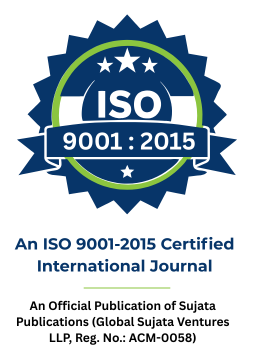Precision Medicine and Targeted Therapies in Oncology: Advancements in Drug Discovery and Clinical Applications
Keywords:
Cancer types, targeted treatment, patient outcomes, treatment side effects, insurance coverage, access to treatment, lung cancer, breast cancer, colorectal cancer, treatment response.Abstract
Aim: Evaluation of the frequency of different cancer kinds, evaluation of patient responses to targeted treatments, analysis of treatment-related side events, and investigation of the influence of insurance coverage on access to these medicines are the objectives of this research.
Purpose: The goal is to comprehend patient side effects, the efficacy of targeted medicines, and the function of insurance in facilitating treatment access. The purpose of this study is to provide insights that help improve patient outcomes and therapy for cancer. Method: A descriptive cross-sectional technique was used to assess 200 cancer patients who were undergoing targeted treatment. Standardized questionnaires were used to gather information on the different types of cancer, treatment outcomes, side effects, insurance coverage status, and demographics. Result: Key data showed that the most common cancer was lung cancer (20%), which was followed by colorectal cancer (15%) and breast cancer (17.5%). In response to treatment, 15% had a full response, 30% had a partial response, 35% stayed stable, and 20% saw their condition advance. Fever (20%), nausea (25%), and hair loss (15%) were among the adverse effects. In terms of insurance, 10% were uninsured, 40% had limited coverage, and 50% had complete coverage. Conclusion: The research emphasizes the significance of insurance coverage, the variety of therapy responses, and the intricacies of cancer treatment in precision medicine. To enhance therapeutic approaches and provide better access to vital therapies, which will ultimately improve patient care overall, more research is required.
Downloads
Published
Issue
Section
License
Copyright (c) 2024 Sujata Publications

This work is licensed under a Creative Commons Attribution-NonCommercial 4.0 International License.




